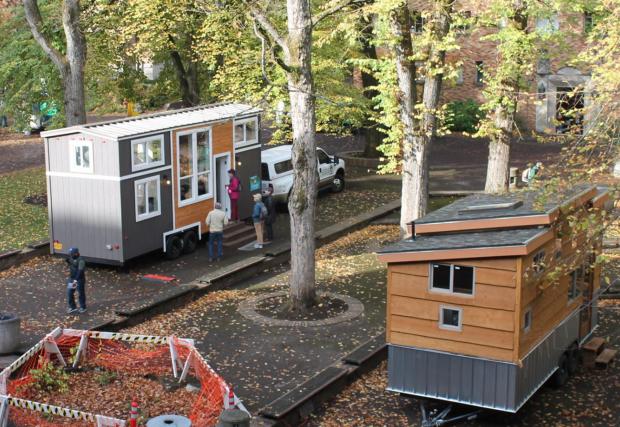
Breaking News
 IT'S OVER: Banks Tap Fed for $17 BILLION as Silver Shorts Implode
IT'S OVER: Banks Tap Fed for $17 BILLION as Silver Shorts Implode
SEMI-NEWS/SEMI-SATIRE: December 28, 2025 Edition
 China Will Close the Semiconductor Gap After EUV Lithography Breakthrough
China Will Close the Semiconductor Gap After EUV Lithography Breakthrough
 The Five Big Lies of Vaccinology
The Five Big Lies of Vaccinology
Top Tech News
 EngineAI T800: Born to Disrupt! #EngineAI #robotics #newtechnology #newproduct
EngineAI T800: Born to Disrupt! #EngineAI #robotics #newtechnology #newproduct
 This Silicon Anode Breakthrough Could Mark A Turning Point For EV Batteries [Update]
This Silicon Anode Breakthrough Could Mark A Turning Point For EV Batteries [Update]
 Travel gadget promises to dry and iron your clothes – totally hands-free
Travel gadget promises to dry and iron your clothes – totally hands-free
 Perfect Aircrete, Kitchen Ingredients.
Perfect Aircrete, Kitchen Ingredients.
 Futuristic pixel-raising display lets you feel what's onscreen
Futuristic pixel-raising display lets you feel what's onscreen
 Cutting-Edge Facility Generates Pure Water and Hydrogen Fuel from Seawater for Mere Pennies
Cutting-Edge Facility Generates Pure Water and Hydrogen Fuel from Seawater for Mere Pennies
 This tiny dev board is packed with features for ambitious makers
This tiny dev board is packed with features for ambitious makers
 Scientists Discover Gel to Regrow Tooth Enamel
Scientists Discover Gel to Regrow Tooth Enamel
 Vitamin C and Dandelion Root Killing Cancer Cells -- as Former CDC Director Calls for COVID-19...
Vitamin C and Dandelion Root Killing Cancer Cells -- as Former CDC Director Calls for COVID-19...
 Galactic Brain: US firm plans space-based data centers, power grid to challenge China
Galactic Brain: US firm plans space-based data centers, power grid to challenge China
What the Tiny House Movement and Thomas Jefferson's Monticello Have in Common

When Thomas Jefferson originally moved into the South Pavilion of his Monticello estate in 1770, it was little more than an incomplete two-bedroom brick building and a cleared mountaintop. Over the course of the next 38 years, the author of the Declaration of Independence would personally design and oversee the construction of his "essay in architecture." The main house at Monticello, as it stands today, is a piece of architectural wonder; its design embodies themes derived from both Classical and Palladian styles of work.
While the Renaissance man himself was never formally trained as an architect, you can hardly tell, as his home consists of numerous unique features including a triangular pediment supported by Doric columns and his famous octagonal dome. Inside, the walls are covered with a variety of objects that highlight the former president's interests and accomplishments. Even today, you can still find one of the last remaining original artifacts from the Lewis & Clark expedition—a pair of elk antlers—in the entrance hall. But just like the great Roman cities that heavily influenced the design of Jefferson's home, Monticello wasn't built in a day.
Despite the fact that Jefferson amassed a great deal of debt by the time of his death, which can largely be attributed to debts he inherited from his father-in-law and his extensive list of hobbies, one can hardly argue that he failed to make sound economic choices with regard to his early years of homeownership.



